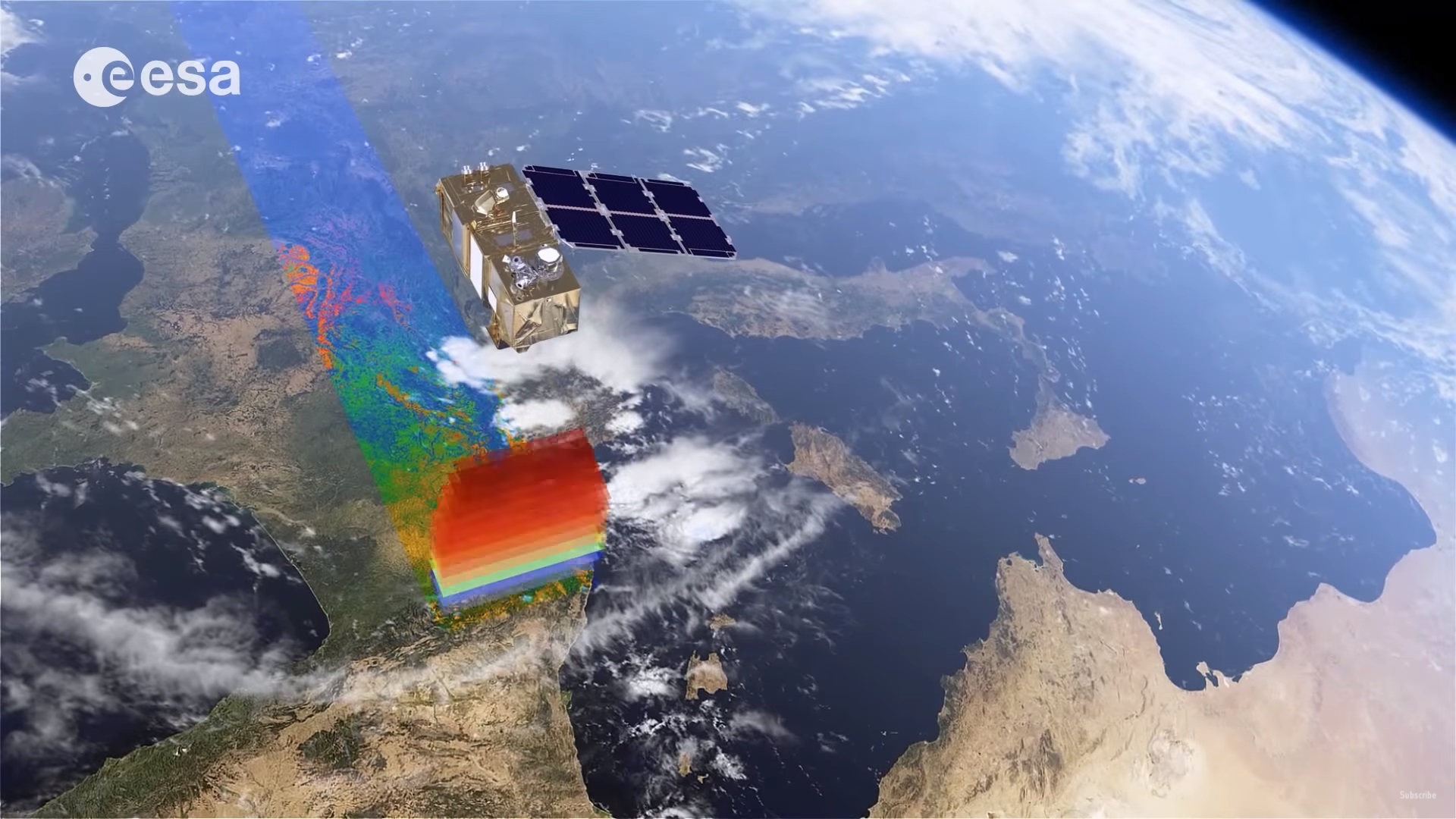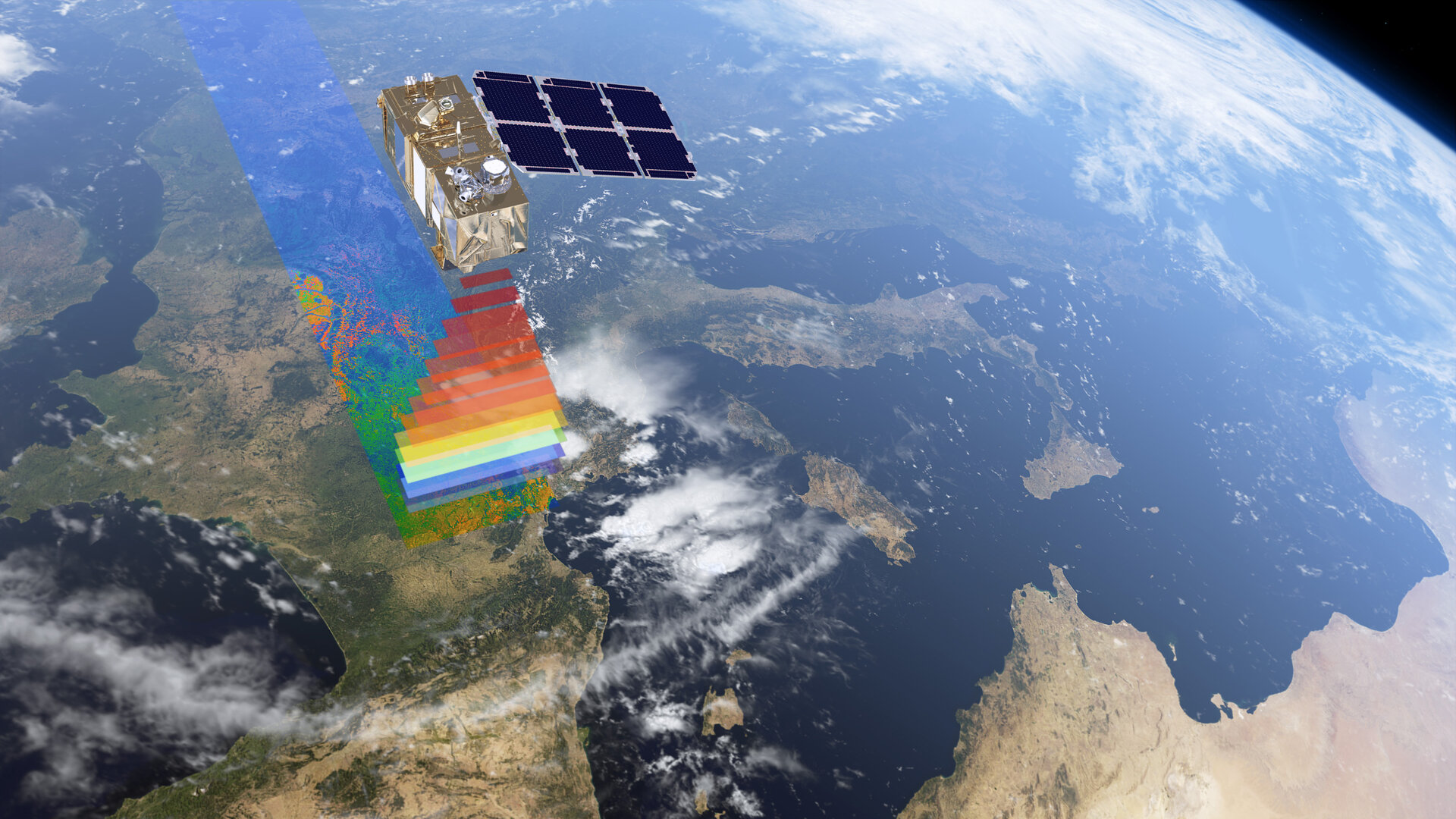Topic 1B – Sentinel Satellites and Contributing Missions
Copernicus is built on a constellation of satellites that make a huge number of daily observations – taking advantage of a global network of thousands of land, air and marine-based sensors to create the most detailed pictures of Earth.
Each of the Copernicus Sentinel Missions carries state-of-the-art technology to deliver a stream of complementary imagery and data tailored to the needs of users. Most of the missions are based on constellations of two satellites to optimise global coverage and data delivery.
Sentinel-1: Carrying an advanced radar, Sentinel-1 images Earth’s surface through rain and cloud regardless of whether it is day or night.
Sentinel-2: Sentinel-2 carries a high-resolution multispectral optical imager to monitor changes in vegetation.
Sentinel-3: Carrying a precision radar altimeter, an advanced imaging radiometer, and a wide-swath ocean and land imaging spectrometer, Sentinel-3 supplies a wealth of data related mainly to the marine environment.
Sentinel-4: Sentinel-4 is an ultraviolet, visible and near-infrared spectrometer carried on the EUMETSAT’s Meteosat Third Generation Sounder satellites.
Sentinel-5P: Sentinel-5 Precursor is the forerunner of Sentinel-5. It is a satellite carrying the Tropomi imaging spectrometer to provide timely information on a multitude of trace gases and aerosols affecting air quality and climate.
Sentinel-5: Sentinel-5 is an ultraviolet to shortwave infrared spectrometer carried on EUMETSAT’s polar-orbiting Metop Second Generation A series of satellites.
Sentinel-6: Sentinel-6 carries a radar altimeter to provide high-precision and timely observations of the topography of the global ocean.
In addition to the data provided by the Sentinel satellites, the contributing missions play a crucial role in delivering complementary data. They ensure that a whole range of observational requirements is satisfied.
There are around 30 existing or planned Contributing Missions. They fall into the following categories:
- Synthetic Aperture Radar (SAR) to observe day and night the land and the ocean
- Optical sensors to monitor land activities and ocean dynamics
- Altimetry systems for sea-level measurement
- Radiometers to monitor land and ocean temperature
- Spectrometers for measurements of air quality
Even though Sentinels’ are operationals, the Contributing Missions continue to be essential, delivering complementary data to ensure that a whole range of observational requirements is satisfied.
Featured Educators
- Sara Aparicio
- Federico Fierli

©

©
Discussion







